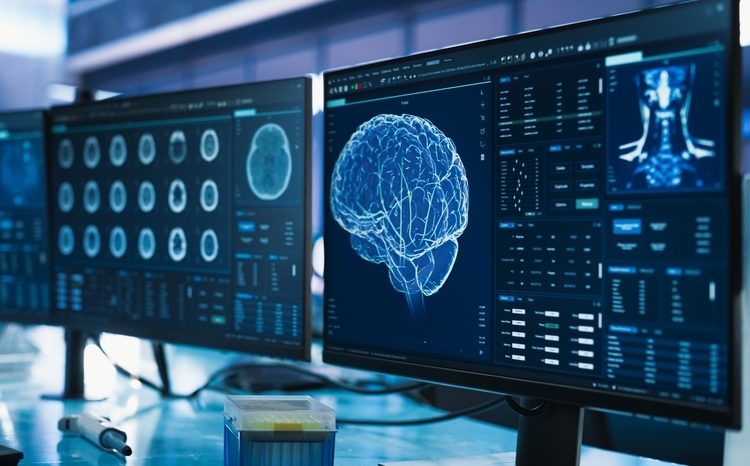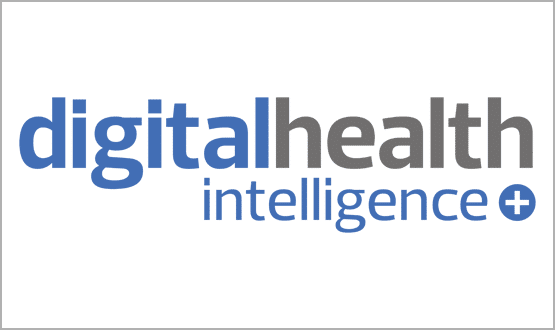Software can read scans and detect heart disease
- 27 September 2004
A computer program being developed in Finland could help to diagnose heart problems by interpreting images of the heart taken over magnetic resonance imaging (MRI). The system, which runs on a normal PC, is able to fragment and process a full MRI scan (around 250 images). It does this by measuring particular parts of the scan, such as the connections between heart ventricles and atria, and identifies individual parts of the organ. The application can currently detect diseases such as cardiomyopathy, the deterioration of the cardiac muscle. Jyrki Lötjönen, a senior researcher at the Technical Research Centre of Finland (VTT) who developed the program, told E-Health Insider: “The radiologists with whom we have co-operated have been very interested in the novel method, and promised to take it in their routine use as soon as we get the hospital version ready." Manual viewing of MRI scans is a laborious process, says Lötjönen. The reason why automated systems have not worked in the past is because they had not combined both short- and long-axis images; whereas some aspects of the scan may not be visible in an image taken on a short axis, such as an interface between a ventricle and an atrium, this would be visible from a long axis (see below). Short- (left) and long-axis images of the heart, as interpreted and fragmented by the software. Image (c) HUS-Röntgen
Another step that the software has taken is to identify and segment individual anatomic parts. The combination of the two features, and the results that the software gives, has resulted in an “internationally significant” method. Lötjönen says: “As far as I have understood, the lack of analysis tools for the atria is currently a global problem."

The system is still in its early stages. “Our plan is to get the software for the hospital use during the next year,” says Lötjönen. “The method itself works currently on a standard PC, but we have to build appropriate user interfaces for medical doctors." As the software reads standard DICOM images, it could theoretically be hooked up to a full PACS system.
Radiologists need not fear for their jobs just yet, though. Lötjönen assured EHI: “I think that it will still take years to develop a cardiac segmentation program that is fully foolproof and no medical doctors are needed to check the results."
As well as developing a clinical software interface, Lötjönen is also intending develop the program to identify other common heart problems, such as coronary artery disease.
The system is being completed by VTT in co-operation with the Helsinki University of Technology, and the Hospital District of Helsinki and Uusimaa (HUS). Also involved are GE Medical Systems, Elekta-Neuromag Oy, Nexstim Oy and CSC.
The Technical Research Centre of Finland’s homepage is http://www.vtt.fi/.




